You’re running late for an appointment and hit a traffic jam. Or maybe someone cuts you off. How do you respond? Driving can be stressful, but feeling angry when behind the wheel could lead to aggressive driving, distracted driving or even an accident.
What Is Road Rage?
Aggressive driving can take many forms, like tailgating, weaving and speeding. It happens a lot: One survey found that nearly 80 percent of drivers expressed significant anger or aggression behind the wheel at least once over the course of the prior year. The consequences can be serious: Aggressive driving played a role in 56 percent of fatal crashes over a five-year period, according to one analysis.
Here’s what to know about road rage, including tips on staying calm and what to do when confronted with an aggressive driver.
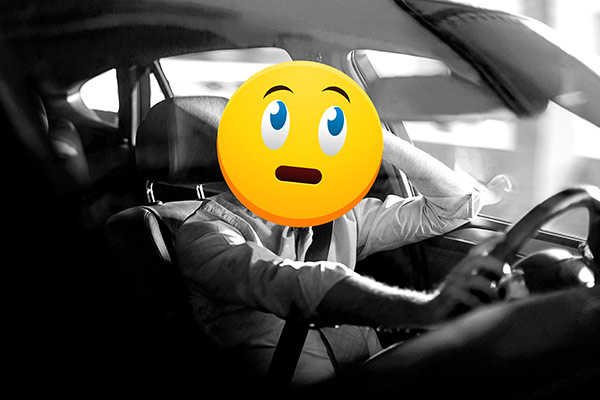 Road Rage Factors
Road Rage Factors
Here are some common factors that often contribute to road rage incidents or aggressive driving behavior.
- Traffic delays
- Heavy traffic, sitting at stoplights, looking for a parking space or even waiting for passengers can increase a driver’s anger level.
- Running late
- Running behind for a meeting or appointment can cause drivers to be impatient.
- Anonymity
- If drivers feel that they probably won’t see other drivers again, they may feel more comfortable engaging in risky driving behaviors like tailgating, cutting people off, excessive honking or making rude gestures.
- Disregard for others and the law
- Some drivers may think the rules don’t apply to them.
- Habitual or learned behavior
- For some drivers, aggressive driving may be the norm.
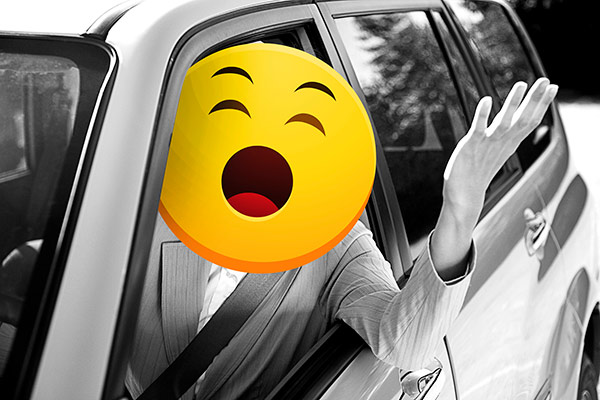 Most Common Forms Of Road Rage
Most Common Forms Of Road Rage
- Tailgating
- Yelling
- Honking in anger
- Making angry gestures
- Trying to block another vehicle from changing lanes
- Cutting off another vehicle on purpose
- Getting out of the vehicle to confront another driver
- Bumping or ramming another vehicle on purpose
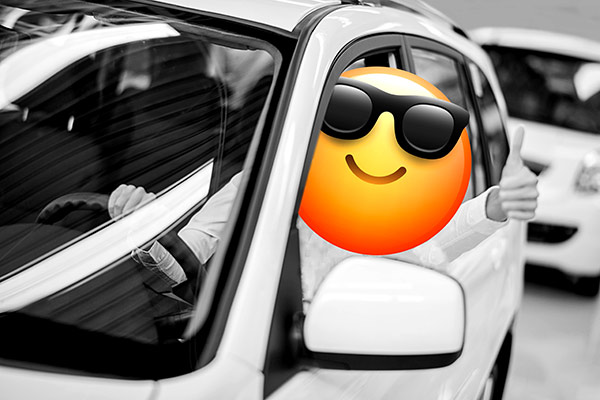 How to Avoid Road Rage
How to Avoid Road Rage
Make sure you have the right car insurance policy to protect yourself from aggressive drivers or if you find yourself the victim of a road rage incident.
Before You Get Behind The Wheel
- Don’t rush. Give yourself time to get where you’re going; you’re less likely to become impatient and take unnecessary risks.
- Cool off. If you’re upset, take time to calm down.
What To Remember When Driving
- Give other drivers a break. If someone is driving slowly, keep in mind they might be lost.
- Use hand gestures wisely. Keep gestures positive—say, waving to a driver who lets you in when merging.
- Don’t tailgate. Always keep a safe distance from the car in front, no matter how slowly they might be driving.
- Lay off the horn. Honking out of frustration won’t solve any problems; it will just increase the stress level for everyone on the road.
- Don’t stop to confront another driver. Stopping could lead to a dangerous situation for everyone.
If Another Driver Acts Aggressively
- Stay away. Safely change lanes, gradually slow down or even exit the highway to keep a safe distance from the aggressive driver.
- Don’t reciprocate. Ignore the temptation to respond to the other driver; it could cause the situation to escalate. Don’t make eye contact.
- Don’t stop. Stopping could lead to a person-to-person confrontation, which could be dangerous.
- Watch your back. If you’re worried that the other driver is following you, keep your doors locked and drive to the nearest police station.
Taking a defensive driving course could help you stay safer on the road; it could also qualify you for a discount on car insurance. Search for a course near you at geico.com.
Read more: Distracted Driving: Here’s Why You Should Pay Attention
Sources 1 National Highway Traffic Safety Administration 2 AAA Foundation For Traffic Safety 3 Insurance Information Institute

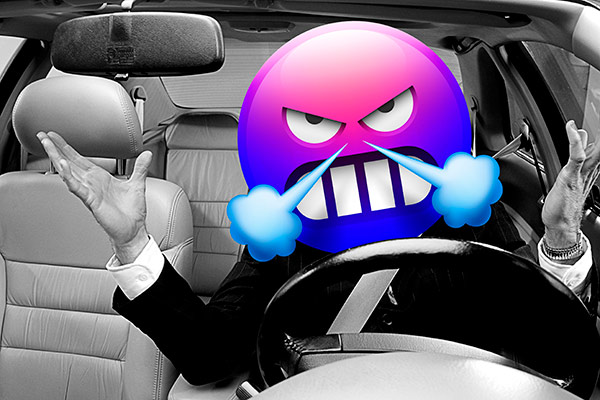



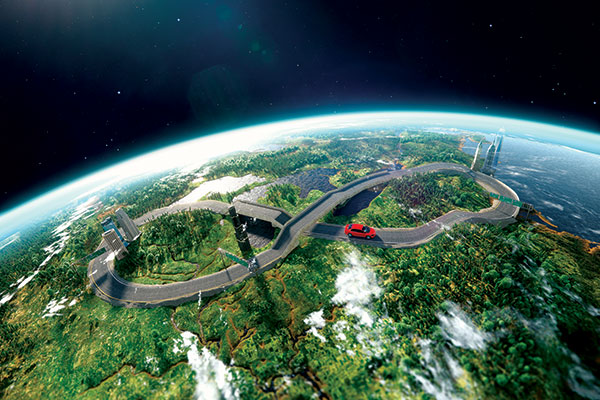

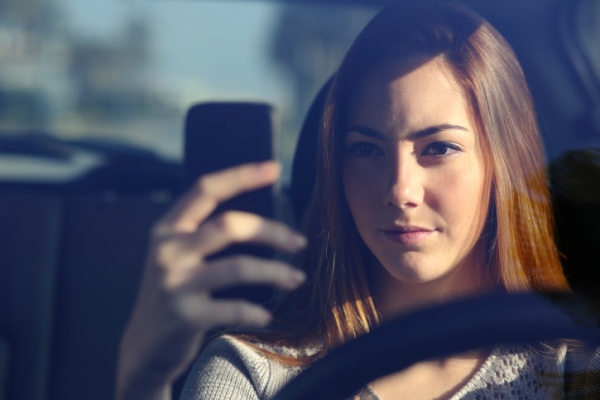
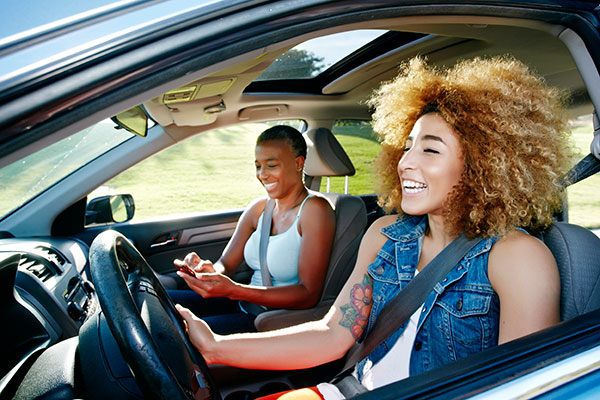
John Leach says,
Enjoyed there comments, good advise.
Chuck says,
Also, remembering not to take rude driving personally. Even when someone cuts you off people tend to personalize it and see it as a sign of disrespect. If you just learn that other’s rudeness has nothing to do with you personally then it’s easier to dismiss and not get hooked into it.
Mark L. says,
Drivers who sanctamoniously drive 55 in the left lane of a multi-lane highway are as thoughtless and potentialy dangerous as those who tailgate.
It is not their responsibilty to police the driving habits of motorists who may choose to go faster based upon their skills, equipment and road/weather conditions.
Inevitably, your may provoke a driver to pass on the left or worse.
Move over, please!
Billy says,
Road rage has many faces. Regardless of how you got yourself into a situation of a road rage suspect, use common sense and think that if you engage the suspect, chances are you will end up being a victim by either your car will be be damaged to you yourself or your passengers will be physically harmed.
If you think you are a victim of a road rage suspect, call 911 immediately. The call takers are experienced in dealing with these situations and the call itself will assist you if it continues.
You are allowing yourself the most important time to disguise itself before your anger takes over.
ray biccum says,
A trucker rode the drunk bumps throwing rocks in to my wind shild I restrains my self from giving him the finger what would have done if you had road rage in this situations ?
Kathy says,
I wonder what this Psychologist meant when he said to “put ourselves in the other driver’s shoes? I think he is using this advice for the wrong people…when drivers are inconsiderate, selfish, and obviously displays road rage, and what you went through by this truck driver’s example with the rocks going on your windshield and what we all experience on the road by drivers who are obviously reckless too, under the influence or even texting etc, how are we to put ourselves in their shoes? What we really need to do, is not encourage “road rage” by coming down to their level, and showing anger, the finger, or trying to get back at them on the road, as those are “triggers” for the whole situation to get out of control…and let’s admit it, we are all guilty of losing our patience at drivers like this…now, thank God, I say a prayer for them…
They should have schools to also teach people plain manners, and how to be a safe, considerate driver on the road, thinking of others also and not just oneself, doesn’t this apply to life in general?
Tina Bellau says,
I think one major component that needs to be addressed with respect driving and the development of road rage is the inconsideration of drivers that find it necessary to text and drive. And yes, this does infuriate me and avoiding these drivers is often impossible when they fail to maintain control of their vehicles on road ways!
bill says,
I am considered a slow driver because i drive the speed limit. I have been pulled over by police for exceeding the posted speed limit by 3 mph. (They didn’t ticket me.) I cannot understand how some drivers i encounter on highways and rural roads can exceed the speed limit by 30 -40 mph. When such speeding drivers tailgate me i pull over on to the shoulder. I usually get a dirty look from them as they pass me by and i usually meet them at the next stop light. If possible i pull in behind them rather than along side them as a lot of people have guns in their cars. I agree with the advice not to make eye contact and i try to wear sunglasses as much as practical. Maybe this problem will lessen in the future when so called smart driverless cars become more numerous. We can then hide in the back seat and let the two robots fight it out!
John Saunders says,
One question to ask yourself: will their speeding cause actual collisions? I speed all the time, and in my case, for over 30 years of driving, the answer has been “no”. I find that I am able to drive well above the legal speed limit without being involved in a collision and without causing them.
On the other hand, maybe the speeders you’re referring to were involved in a collision later the same day!
Larry Birchmeyer says,
What do you do to an intentional tailgater? My defensive driving classes said to slow down & force them to pass. I slowed down to 20 mph in a 45 mph zone, divided 4-lane road with plenty of passing room in the left hand lane. She refused to pass, thought it was funny, was taking pictures of it on her cell phone, flipped me off at the traffic light when I got out to confront her. Got her license plate number, called police, who did nothing, not even go to her house.
cherrise says,
NEVER get out and confront a stranger who is intimidating you! She was stupid enough to rattle you, she could have been “packin’! Let it go!
Hector jaramillo says,
Muy interesantes consejos aprecio todos estos consejos gracias
slowdriver says,
I call myself “slowdriver” because now that I live in a rural area, I am constantly being tailgated at night by big pickup trucks who have their lights on high beam, even when I’m going the speed limit on a single lane road. My theory is that since it’s so dark, they are simply following my tail lights in order to navigate. Once we come to passing lane and they pass, they usually slow down. Everyone ends up waiting at the same single traffic light no matter anyway.
All drivers should be aware that there are people on the road who are not familiar with conditions, who drive rarely, who might be under stress or even just hungry. The safest thing to do is to drive the way you feel safest within the law, pull over if possible if you are blinded by the tailgater, and allow those who feel comfortable breaking the law to pass when they have a chance.
Dan of Ill says,
I thought the speed limit was the speed you are to drive, not a suggestion .
Craig says,
Incorrect. You should always adjust your driving to drive safely. Low visibility, slippery road surfaces, presence of pedestrians or animals are examples of conditions under which it would be advisable to adjust speed appropriately.
BC says,
Or, you know, the condition of just wanting to go 10 miles under for no real reason at all.
John Saunders says,
It’s the maximum legal speed. Which means that when I drive above that speed, I’m at risk of getting a ticket. By choice.
Ray J. says,
Thanks for the tips everyone!
Tom Rivelli says,
Good idea of getting out of the way of an aggressive driver you don’t know they may have an emergency at home or be trying to get someone to the hospital. It’s best to get out of their way.
Stay in the right lane except when passing is a good idea. Look at your speed odometer hey that is why it is there and keep up with the traffic. Use your turn signals and look in your mirrors. Drive safe is always better then acting like your in the Daytona 500.
An last I would like to say does it seem like people are less courteous today??
Albert Hess says,
Should you make sure you are keeping up with the traffic when the traffic is 10 over the limit?
Cobb says,
>>>does it seem like people are less courteous today??<<<
No doubt about it. Unfortunately the "entitlement mentality" is on full display when traveling.
Tom Kasperek says,
It is up to each of us to consciously let go of our own rage and anger first – take responsability for managing our own emotional state (we all have anger and rage! can you admit it!) . That way, even if we encounter a rageful person on the road, it will have no impact on our behavior because we are at peace for the moment. The rageful driver is intentionally trying to get you to feel the same rage they do…don’t give in to that!!
thedoctor says,
A large majority of these problems are simply due to the fact that proper highway driving techniques are not taught by the parents or the driving schools. Simply put, lack of Big road common sense & education. Don’t change that flat tire on the left shoulder of the 101 highway during the rush or any hour…dauh. Think about it. What does having the ability to parallel park or to perform a K turn have anything to do with driving on the “Big” roads, such as major expressways, turnpikes and thruways? Talk with any of the professional (truck) drivers and they will agree. They are repeatedly frustrated with the moron amateurs who occasionally (or regularly) use the Big roads. Does driving school teach that it is not a good idea to get in front of an 80,000 pound big rig and hit your brakes in your Prius, nope? Then again I guess Darwin should do some clean up. There are certain unwritten rules that need to be written. Number one…yes… get out of the left lane if you’re out for a Sunday drive at 7AM on Monday and think “well I’m going the speed limit I’m perfectly fine in the left lane doing 66 in a 65 with a 1/2 mile of cars right on my bumper… No you’re not! You’re being selfish and unsafe. You’re causing a problem, period. Are you abiding the overall law…yes? Are you abiding by the general known (by most) unwritten rules on how to make the traffic flow nice and smooth for everyone…no! When you merge into traffic, say from an on ramp; look at where your spot in the traffic flow is so you can slide in w/o interrupting the flow. Common sense right? You should be at highway speeds at the top of the ramp if all conditions are allowable. They don’t teach that one either. Know how many times I’ve seen young & old drivers doing 20-30 at the top of a ramp to a 70mph road? Not safe especially when I’m behind said dummy! Or the little old lady who got to the top of a 8 lane, braked and put her left directional on then took all 8 lanes into the hammer lane in front of a 18 wheeler going 20!(true story I saw it). Of course there are always exceptions to this like someone who made a legit mistake. We need to teach these things. Teach how to keep the flow going without being an interruption to it like so many are. It’s a safety thing. Here’s another good one… I’m in the hammer lane doing 70 and you want it. You decide to poke out in front of me at 65. Then you need to speed up. I shouldn’t have to react to you. You should react to me (the traffic). If I’m going 70 in the left lane and there’s absolutely nobody behind me for several hundred yards and you decide to put your dumb selfish self in front of me and go 66 than whose fault is this? Yours for not paying attention. Don’t flip me off for being on your butt for 5 miles. Bottom line is if we all try our best to keep the flow smooth, back-off and let every other car merge and look in our mirrors with the thought of ” Gee how can I not make a disruption to the traffic I’m driving in”…wow… how much better/safer would the rush hour be? I’d love to open a common sense school of driving…Sort of a homogenization of the standard BS drivers ed, 18 wheeler training and Indy racing. You don’t pass you don’t drive. Whole different scene out there then.
Emmanuel says,
You have taught me a lot more than what i paid for at the driving school.
Thanx Doctor.
Mark Roberts says,
Smartest advice ever!!! Also turn on your lights!! White cars in snow storms and fog are hard to see!! Even dark cars. Hard to see cars in evening hours without lights. Parking lights are NOT lights!!! Remove ALL clutter hanging from rear view mirrors!!! This inhibits view of traffic and especially pedestrians!!
Craig says,
“Don’t flip me off for being on your butt for 5 miles. ” – if “on your butt” means tailgating then you are not driving safely. If it means you follow at a safe distance not tailgating and occasionally use your headlights to indicate you want to get past, that is reasonable.